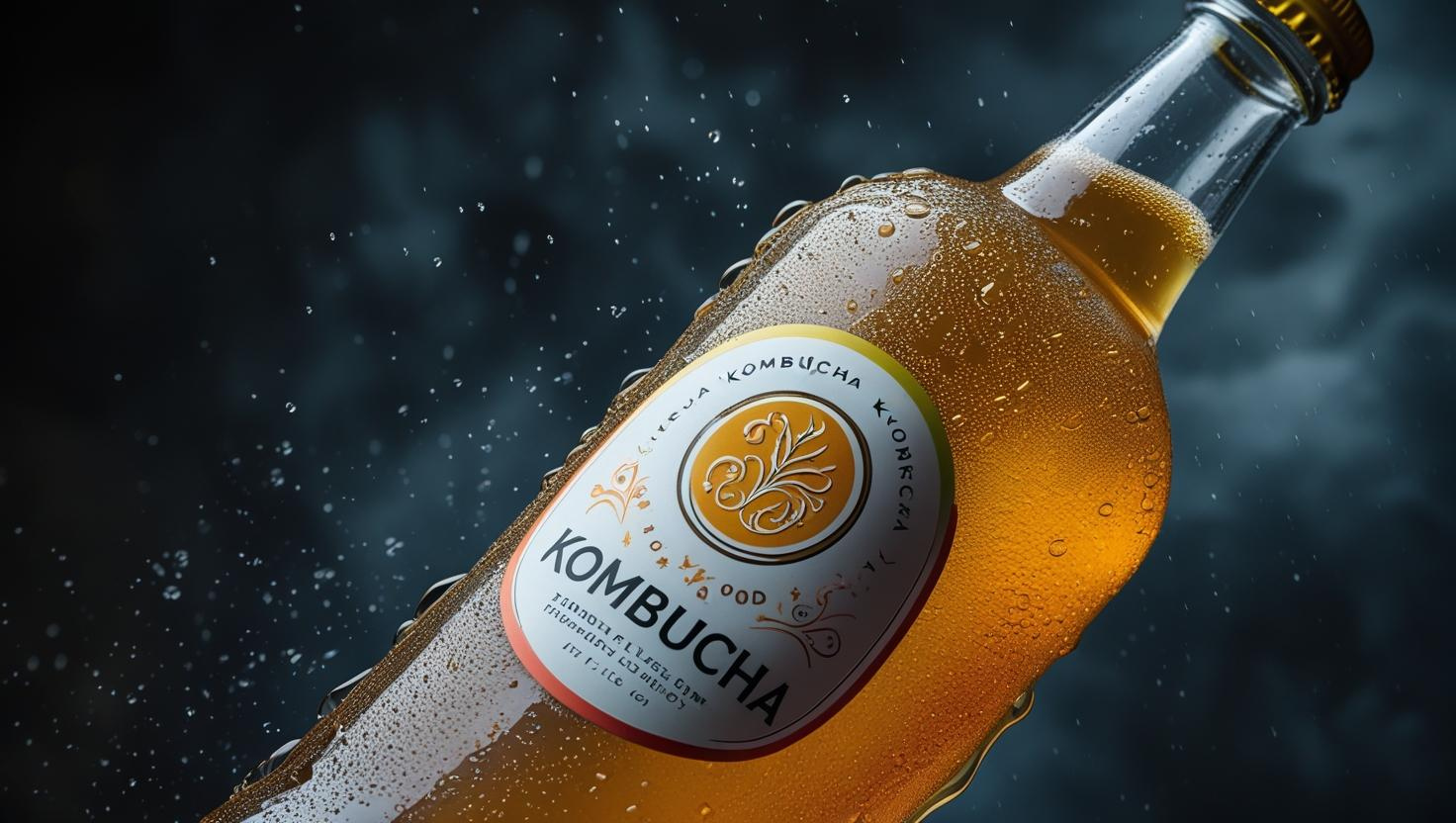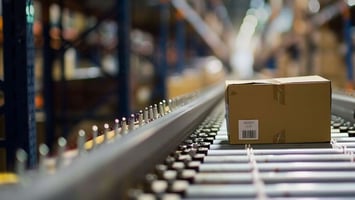Fulfillment leaders today aren’t just managing operations, they’re managing exposure. In a...
3 Lessons Kombucha Taught Us About Scaling With Resiliency
In the food and beverage industry, supply chain disruptions are an inevitable part of doing business. Ingredients evolve. Consumer tastes shift. Retailers change the rules. But some disruptions have longer lasting consequences than others if you’re not equipped to mitigate these shocks. Let’s look at how the rise of Kombucha, a probiotic beverage, illustrated the long-term value of having a resilient supply chain.
Key Takeaways:
- Responsive operations protect shelf space and brand momentum.
- Flexible fulfillment minimizes the cost of change.
- The right supply chain partners help brands scale before they’re ready to build.
The Rise (and Sudden Fall) of an Emerging Category
By the late 2000s, Kombucha had gone from co-op curiosity to cold-case mainstay. Refrigerated, fermented, and rich in probiotics, it was the kind of product that spoke to the moment: functional, natural, and different.
Then came the regulatory curveball.
In 2010, regulators flagged several kombucha products for exceeding the legal 0.5% alcohol limit for non-alcoholic beverages. It turned out that some batches continued to ferment after bottling, implicating alcohol levels were too high. The response was swift: retailers pulled kombucha from shelves nationwide, and the category’s momentum came to a halt.
The aftermath was a complete scramble involving regulatory cleanup, logistics follow-up, and major losses. For the brands that had flexible operations, the disruption was merely a hurdle. For everyone else, it was a dead end.
Why Kombucha’s 2010 Breakdown Still Holds a Lesson for Modern F&B Brands
In 2010, the kombucha market was worth an estimated $295 million—a small but fast-growing category just starting to break into mainstream retail. Then came the disruption, triggering a nationwide pullback and putting the category’s trajectory at risk.
The operational demands went far beyond damage control. Brands had to contend with:
- Non-negotiable batch testing that slowed fulfillment operations
- Labeling and formulation changes that came overnight
- Cold-chain coordination with no margin for error
- Retailer relationships strained by missed shipments and pulled inventory
This was more than a compliance issue, it was a stress test for fulfillment systems.
Today, kombucha is a $4.3 billion global category, with U.S. sales exceeding $1.6 billion and projected growth over 13% annually. The lesson? Brands that invested in flexible, transparent supply chains didn’t just recover, they scaled better and faster than ever before. When disruption hits, operational agility is the difference between short-term damage and long-term dominance.
3 Lessons on Building Resilient Supply Chains
- Visibility Enables Speed When It Matters Most
Without real-time visibility, there’s no way to act fast. The winners in this scenario had access to accurate, up-to-date inventory data and traceability across distribution. That allowed them to isolate affected products and reroute compliant stock without starting from scratch.
For modern brands, visibility means knowing where product is, where it’s going, and what contingencies are in place—across every warehouse and channel.
- Flexible Ops Make Compliance Manageable
Whether it’s a label adjustment, formulation tweak, or packaging update, the ability to implement changes quickly depends on having flexible operations. Some brands were able to shift production specs and relabel without missing a beat. Others got caught in a weeks-long compliance bottleneck.
The faster you can adapt to shifting requirements, the less shelf space and momentum you lose.
- Resilient Fulfillment Protects Brand Trajectory
Once reformulated, successful brands were able to restart distribution, quickly getting back into retailer good graces and consumer hands. For them, this wasn’t just a recovery. It became a turning point. They returned stronger, with better quality systems and more control over their fulfillment network.
Agility isn’t just about surviving disruption. It’s about turning disruption into an advantage.
Meeting Disruption with the Right Operational Partner
Investing in supply chain transparency and flexibility pays off—but for many brands, building that infrastructure in-house isn’t always practical. Whether due to limited volume, internal bandwidth, or growth-stage constraints, the need for agile logistics often arrives before a brand is ready to build it themselves.
That’s where a trusted 3PL can make the difference. A partner like Source Logistics delivers the benefits of operational readiness—real-time visibility, flexible warehousing, and retail-compliant fulfillment—without the capital burden of building from scratch.
With over 26 years of operational excellence, 10+ industry awards, and a future-focused team, Source helps brands, retailers, and investors plan with precision, adapt quickly, and scale with confidence. We specialize in understanding the nuances that shape your supply chain—and in tailoring infrastructure that grows with you.




